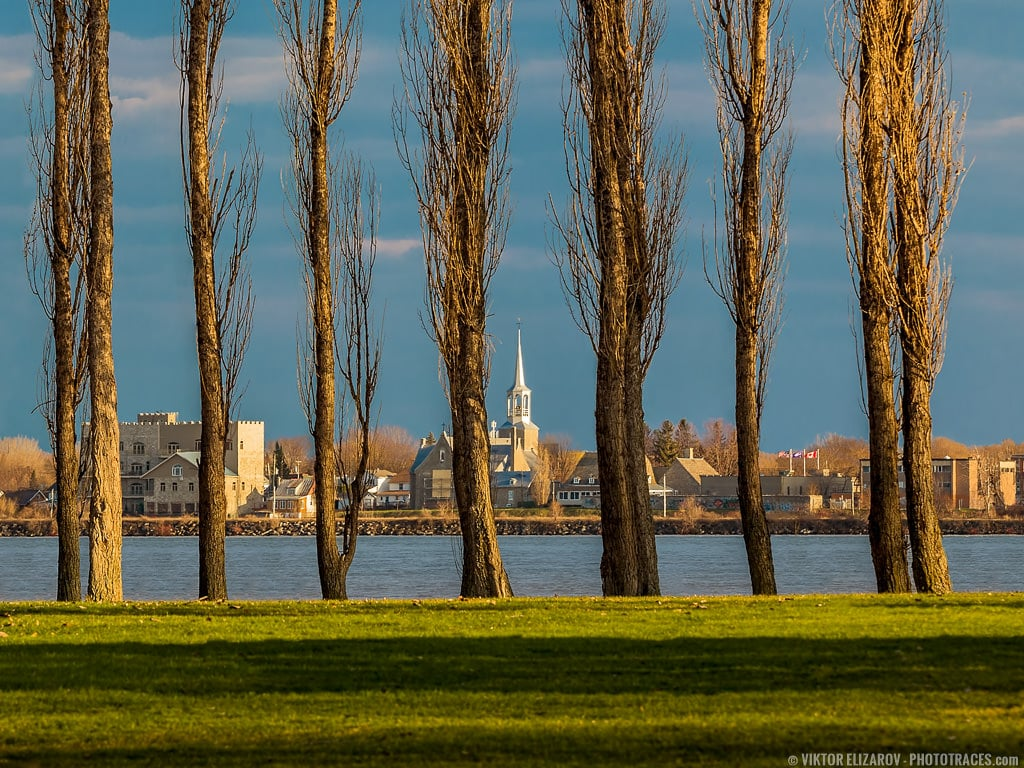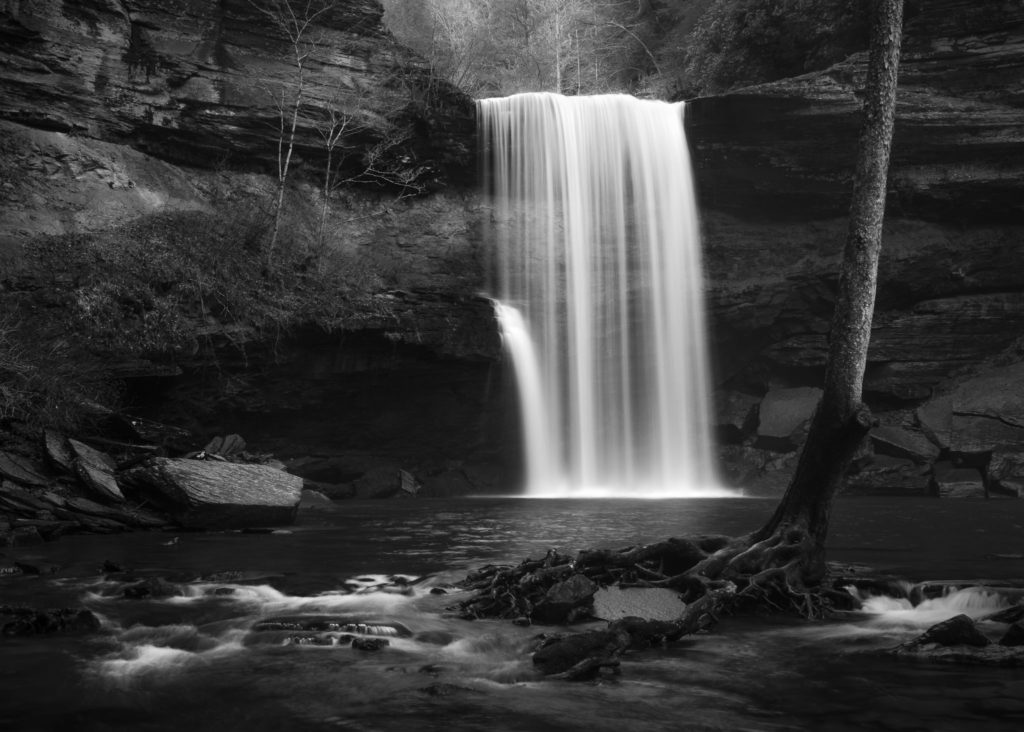Lines

Lines are common in photographs. They are all around us, and every photo has lines. These lines often connect different points within the image. Sometimes, lines come into the photo from outside the frame or lead out of it. The type and direction of lines in your image can convey meaning. Vertical and horizontal lines suggest stability or a still feel. Horizontal lines can show distance, while vertical lines can represent height, balance, and strength. Diagonal lines create a more active scene.
Shape

In a photograph, a silhouette represents the simplest form of a shape, lacking any details like texture or color. Because it stands out sharply against its background, a silhouette is very noticeable. Shapes are typically defined by lines that either intersect or enclose them. They can also be identified by their brightness or darkness compared to their surroundings. Differences in color, texture, and pattern around a shape can help distinguish it further. Additionally, shapes can be defined by other shapes around them, like the arrow in a well-known shipping company’s logo. The area that contains a shape is known as positive space, while the area outside it is called negative space sometimes, the negative space can create its own shape.
Space

Adding space in your photos helps create a sense of scale and depth. It gives your main subject some breathing room, letting viewers focus on the key elements of the scene. This is especially helpful in outdoor photography, where you might want to highlight the size of features like mountains or lakes. However, you can use space effectively with almost any type of photography.
Repetition

Repetition in photography is the technique of using similar elements, patterns, or themes in a composition to create a sense of rhythm and balance. This can include repeatedly using lines, shapes, colors, textures, or other visual elements to achieve consistency. Examples of repetition in photography could be a row of trees, a series of arches, a field of sunflowers, or a group of people dressed alike. By repeating these elements, the photographer helps guide the viewer’s eye across the image, establishing a visual rhythm.
Texture

Adding texture to your composition can enhance your image and connect the viewer to it, especially in macro photography. You can find textures in various surfaces and environments. To highlight these textures, try different lighting setups and depth of field options. For instance, use flat light and position the camera directly in front of a weathered wall to emphasize its surface. But also, backlighting can reveal details in sand dunes, a shallow depth of field can showcase intricate materials, and a long exposure can create a smooth effect on flowing water.
Colour

One of the most essential formal elements in visual imagery is undoubtedly colour. The use of colour, whether it appears as a solid block or as a harmonious grouping of similar shades, has the potential to create a particularly strong and memorable impact on the viewer. Different colours are not just aesthetically pleasing, they also hold significant power in terms of expression, allowing them to resonate with those who view with the image.
Value/Tone

Tone of your image is also very important in terms of formal elements, in which focusing on using contrast and the balance of light and dark areas. Tone is especially important in black and white photography, as it helps direct the viewer’s attention in the absence of color.

JAC 3 NOV refer to your tracking sheet to pinpoint missing / incomplete blog posts